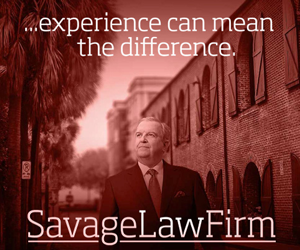By CURTIS LOFTIS
For the Herald-Journal
More than 15,000 low-income students attend private schools in South Carolina. Their parents scrimp and save. They make sacrifices. They’ve put their children’s education at the top of the family’s financial priority list.
Those parents also pay taxes. More than $8.5 million this year in state income taxes alone.
Much larger than their contribution to the government coffers is the sum they save other taxpayers. If those 15,000 students enrolled in public schools and were funded at the rate of the existing public school students, it would cost state taxpayers more than $72 million. Taxpayers below the $35,000 income class would not pick up that slack; it would be borne by those with deeper pockets.
But low-income parents don’t send their children to private schools in order to lower the tax bills of their wealthier neighbors. They don’t do it to siphon resources away from public school districts, either. They do it because they love their children and know that, for one reason or another, their children need something different than what is offered at the local public school.
While the average cost of private school tuition in South Carolina is less than $5,000, it’s an enormous sum in a household with less than $35,000 of taxable income. It is a true sacrifice. It flies in the face of the stereotype of wealthy suburban students enrolled in elite, expensive private academies.
In other states, laws have been passed to support these low-income parents. Tax credits for those who can absorb them and tax credit-funded tuition scholarships for those who cannot. More than 35,000 low-income students in Florida are enrolled in the school of their parents’ choice through such a program this school year. State budget officials there calculate that the tax credits save $1.49 for each dollar in revenues lost.
Test scores in both the public and private schools have shot up, chipping away at long-standing income gaps.
When critics belittle support of school choice (i.e., the Herald-Journal’s Feb. 5 editorial, “State’s obligation is to improve public schools, not make alternatives affordable”), they reveal both an ignorance of how school choice actually works as well as a condescending indifference about those whom it would most benefit.
Tax credits for school choice save money because the size of the credit is radically smaller than the level of per-student spending in the public schools. Critics gloss over the fact that most of local, state and federal spending on public schools is not tied to the specific student. Much of the public money continues to flow even when students transfer out.
In other words, district budgets are protected and class sizes are reduced. These small credits don’t shift a static tax burden from one taxpayer to another; the credits incentivize a choice that reduces that total burden for all.
Personally, I support school choice because it gives parents the means and motivation to get more involved in their children’s education. I know that parental engagement is the only silver bullet in the field of education. I know engagement is not something that can be appropriated in a state budget bill or regulated into existence by a bureaucrat in Washington.
The fact that school choice is proven to save money — and has never been tied to a reduction in public school funding levels — is just a nice side benefit of doing the right thing for students.
Curtis Loftis is South Carolina’s treasurer.
Related >>







Speak Up…